Redux: Wind Turbines Cause Local and "Global Warming" and Affect the Weather
Air circulation increases land temperatures and cancels purported "global warming" benefits
Above: wind turbines can create dry desert-like conditions.
Tuco’s Child and JF’s Preface
All over the world the negative environmental impacts associated with wind power are starting to be understood.
Lesser known but extremely impactful issues are that terrestrial wind farms can increase or decrease local wind speed, increase ground temperatures (up to 0.7 degrees C), increase water evaporation, dry soils, and retard plant growth.
These effects are due to localized heating from air friction and the generation of downstream wakes (areas of disturbed flow behind each wind turbine). Like a water wake behind a motorboat, wind turbines create a wake of slower, more choppy air that eventually spreads and recovers its momentum. The wake increases mixing in the lower atmosphere and thus wind turbines have an impact on near-surface air temperature and humidity.
These air disturbances impact the local climate and ecosystems and cancel out any “benefits” derived from creating electricity via wind power vs. fossil fuels. The long term effects of wind power on local ecosystems, insects, flora and fauna are generally negative, from the ground and into the air (ex. birds).
Adaptation of wind power worldwide could add to so-called “global warming” due to in-operation air heating, notwithstanding the heat and CO2 generation in their their cradle to grave lifecycle.
In yet another twist, a recent literature survey uncovered that offshore wind turbine farms can affect both onshore and offshore weather patterns and weather event intensity.
In this newsletter we present a few lead references into this understudied but very important field of ecology, and the negative and unknown long-term effects of large scale “renewable energy” technologies on ecosystems. We invite the reader to use these lead references to discover other citations and documents that are starting to appear in the literature worldwide.
This study discusses a +0.24 C increase in temperatures and the neutralization of wind power “benefits” if widely adopted in the USA
Climatic Impacts of Wind Power
Lee M. Miller, David W. Keith, School of Engineering and Applied Sciences, Harvard University, Cambridge, MA 02139, USA. Harvard Kennedy School, Cambridge, MA 02138, USA
Wind power reduces emissions while causing climatic impacts such as warmer temperatures
Warming effect strongest at night when temperatures increase with height
Nighttime warming effect observed at 28 operational US wind farms
Wind's warming can exceed avoided warming from reduced emissions for a century
In another seminal study, a wind farm in Texas was shown to increase local temperatures by up to +0.5 C:
Diurnal and seasonal variations of wind farm impacts on land surface temperature over western Texas
Zhou, L., Tian, Y., Baidya Roy, S. et al. Diurnal and seasonal variations of wind farm impacts on land surface temperature over western Texas. Clim Dyn 41, 307–326 (2013). https://doi.org/10.1007/s00382-012-1485-y
There are 60 citations to this study for those interested in digging further
We heart Texas, but why why? $$
In another study, wind farms in Texas were shown to increase local temperatures up to 0.72 C by analysis of satellite data collected over an 8 year period
Impacts of wind farms on land surface temperature
Wind Turbines convert wind’s kinetic energy into electricity, wind turbines modify surface–atmosphere exchanges and the transfer of energy, momentum,mass and moisture within the atmosphere. These changes, if spatially large enough, may have noticeable impacts on local to regional weather and climate. Here we present observational evidence for such impacts based on analyses of satellite data for the period of 2003–2011 over a region in west-central Texas, where four of the world’s largest wind farms are located. Our results show a significant warming trend of up to 0.72◦C per decade, particularly at night-time, over wind farms relative to nearby non-wind-farm regions. We attribute this warming primarily to wind farms as its spatial pattern and magnitude couples very well with the geographic distribution of wind turbines.
Above: tis a shame. Wind turbines are full of flammable lubricants, so they go up like giant tiki torches after they dry out the soil underneath them.
This report describes the impacts of a wind farm on surface air temperatures
Impacts of wind farms on surface air temperatures
Quick summary
Data from the field campaign show that near-surface air temperatures downwind of the wind farm are higher than upwind regions during night and early morning hours, whereas the reverse holds true for the rest of the day (Fig. 2A). Thus, this wind farm has a warming effect during the night and a cooling effect during the day. The observed temperature signal is statistically significant for most of the day according to the results of a Mann–Whitney Rank Sum Test (Table 1).
Above: area of study for Impacts of wind farms on surface air temperatures.
The following study describes soil drying in grasslands due to wind farms
Wind farms dry surface soil in temporal and spatial variation
We used remote sensing and field-measured data to analyze changes in soil moisture before and after the construction of wind farms. We found that wind farms significantly reduce soil moisture to different extents according to season and wind direction. We obtained the following main conclusions
Wind farms significantly reduced soil moisture within the wind farms and in the upwind and downwind directions. Compared with the upwind and downwind directions, the decrease in soil moisture within the wind farms was the most, and the annual decrease in soil moisture within wind farms reached 4.4%.
Wind farms have different influences on the soil moisture in the upwind and downwind directions in each season. Reductions are greatest in the upwind direction in spring and the downwind direction in summer and autumn.
The wind farm reduced the soil moisture most significantly downwind of the wind farm throughout the day, with an average value of up to 2.85%. The decrease in the soil moisture upwind was the least significant, only by 0.21%.
The following recent study reveals that tropical storms or depressions intensities and lifetimes are increased by offshore wind farms
The influence of offshore wind farms in the northern South China Sea on a tropical depression far away (over the Beibu Gulf) is investigated through a fully coupled atmosphere-ocean model. Results show that in the experimental run with the offshore wind farms, the tropical depression located downstream of the wind farm are maintained for longer periods of time. This is mainly due to the stronger convection on the western side of the tropical depression.
Above article has over 77 references.



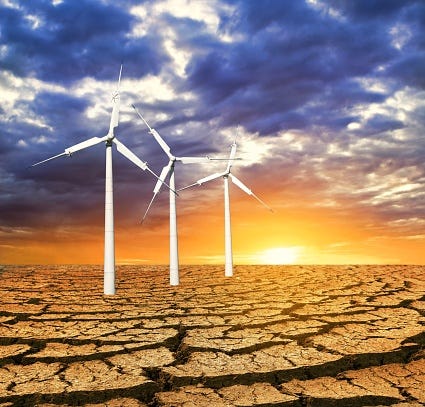
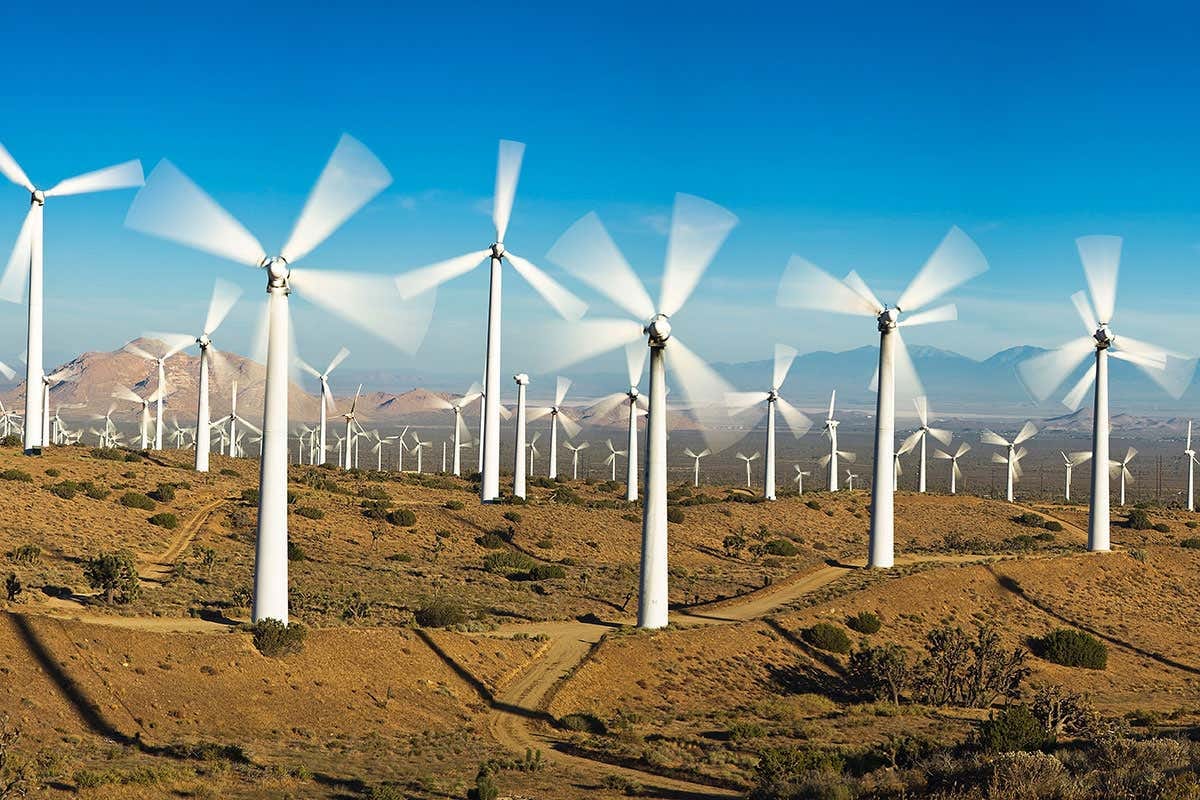
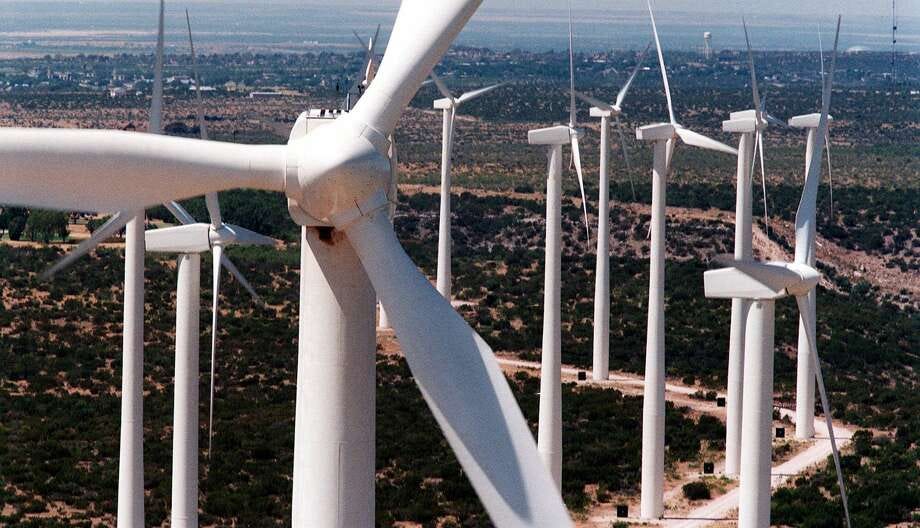
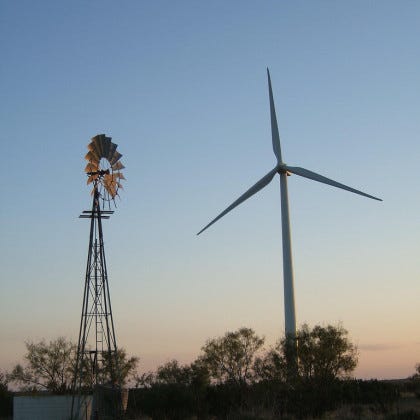
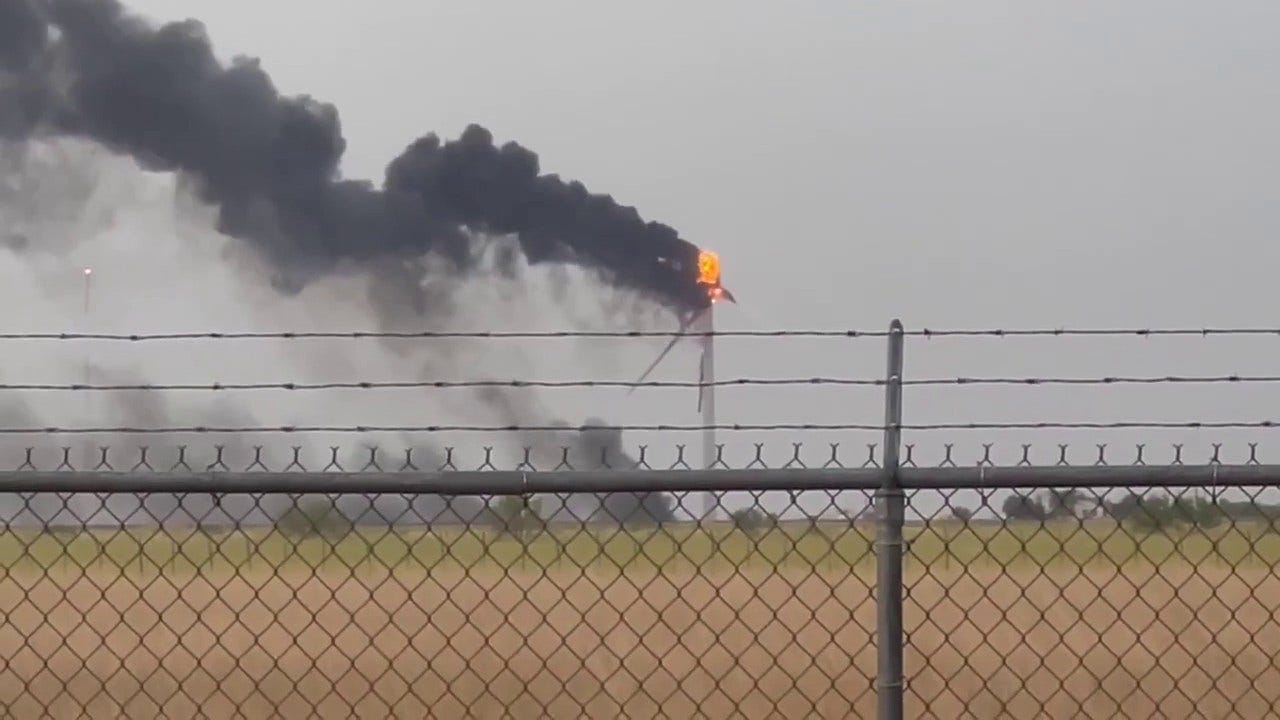

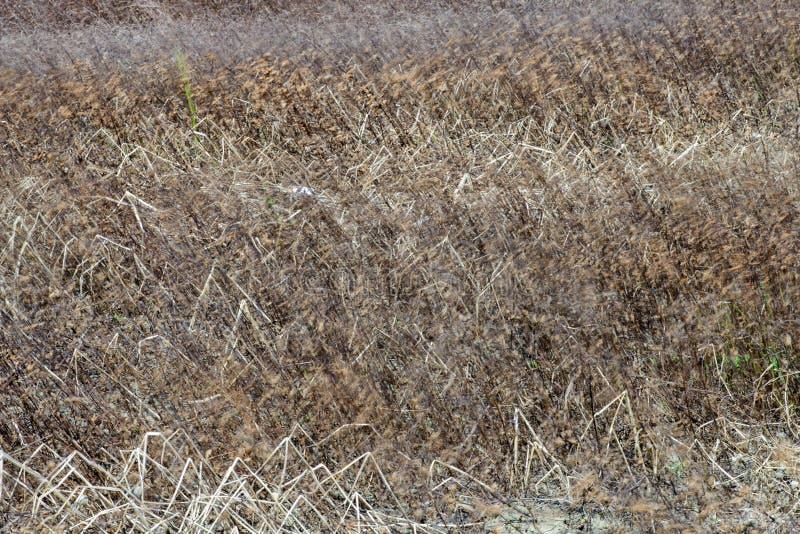
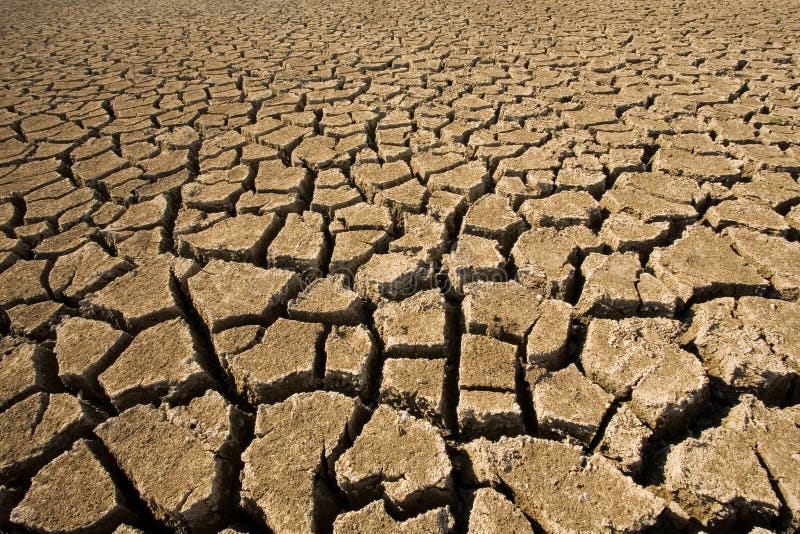
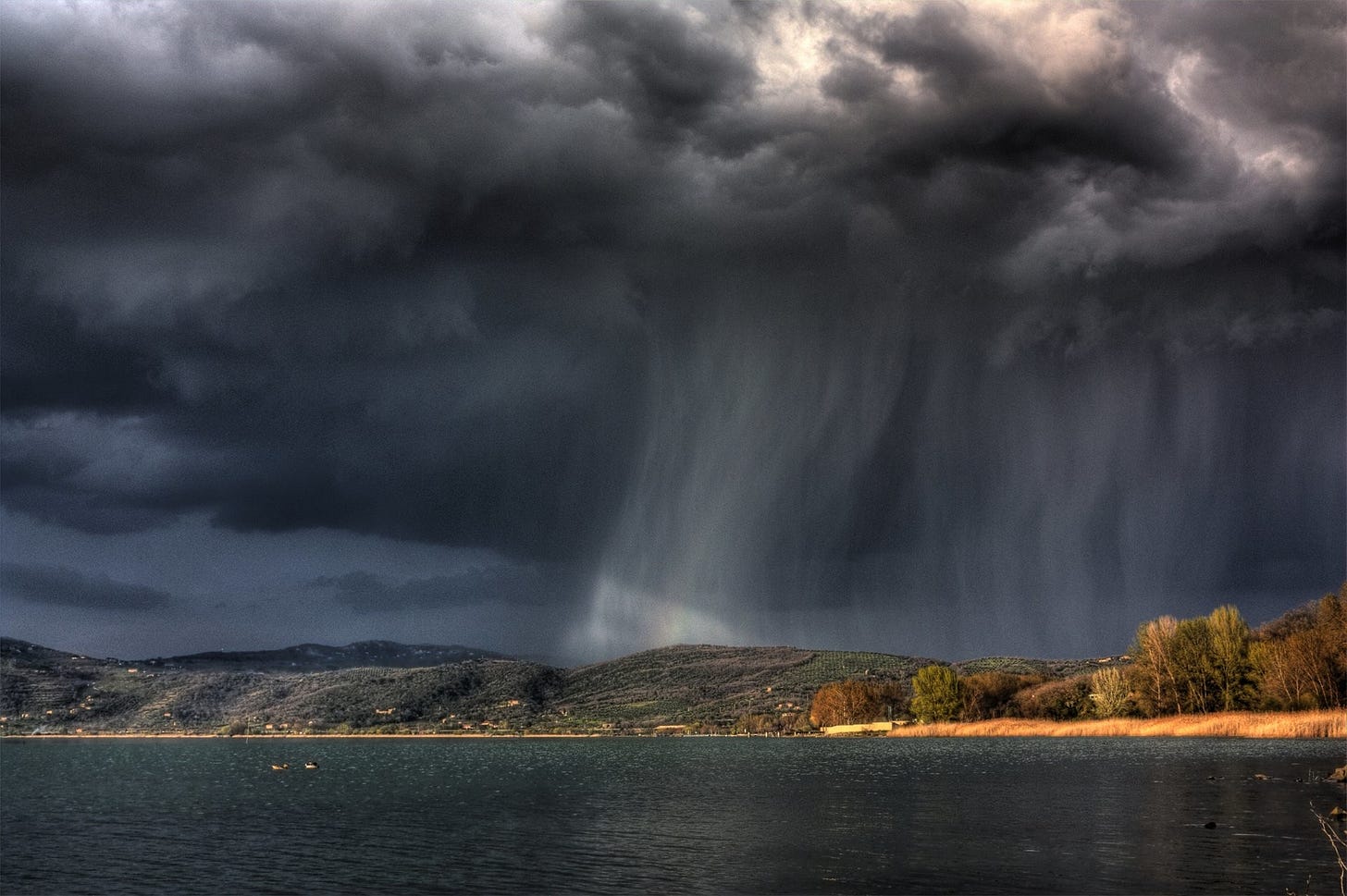
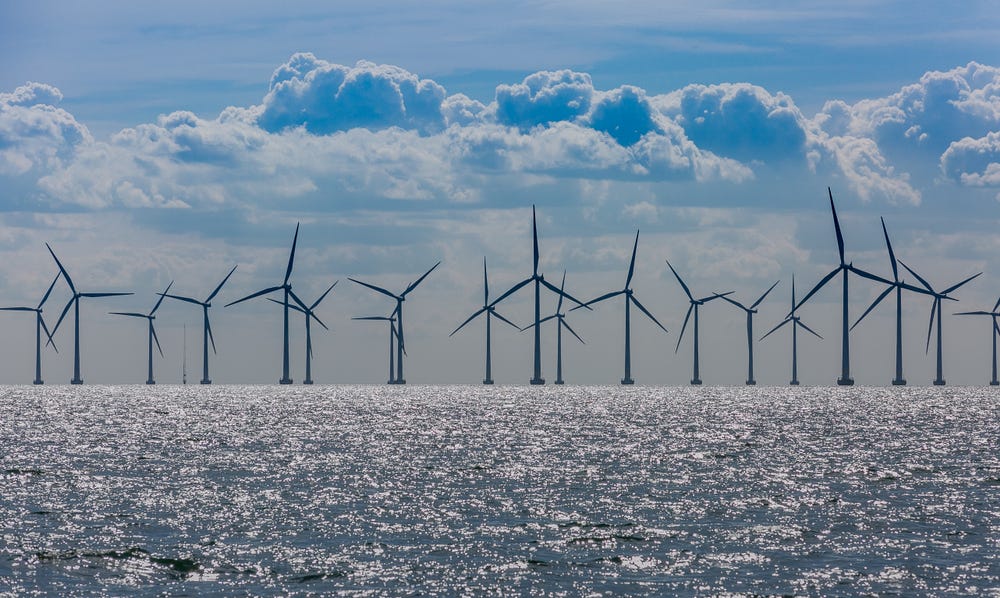


I just added a pdf of a seminal article from Nature that shows that land temperatures in Texas increased by 0.7 C over a period of 8 years:
"Impacts of wind farms on land surface temperature" - see addition in Newsletter
I just read a comment on a Linkedin post - in Wales, Great Britain - they are clearing trees on the sides of the mountains where they placed wind turbines at the top of the ridges. This is to even out the air flow for greater wind production - but what about all that carbon sequestration of the trees, and carbon release when they took them down - where is the carbon savings there - never mind the future runoff and land degradation.... NEVER was about saving on carbon just collecting the money - our money, taxpayer money!!